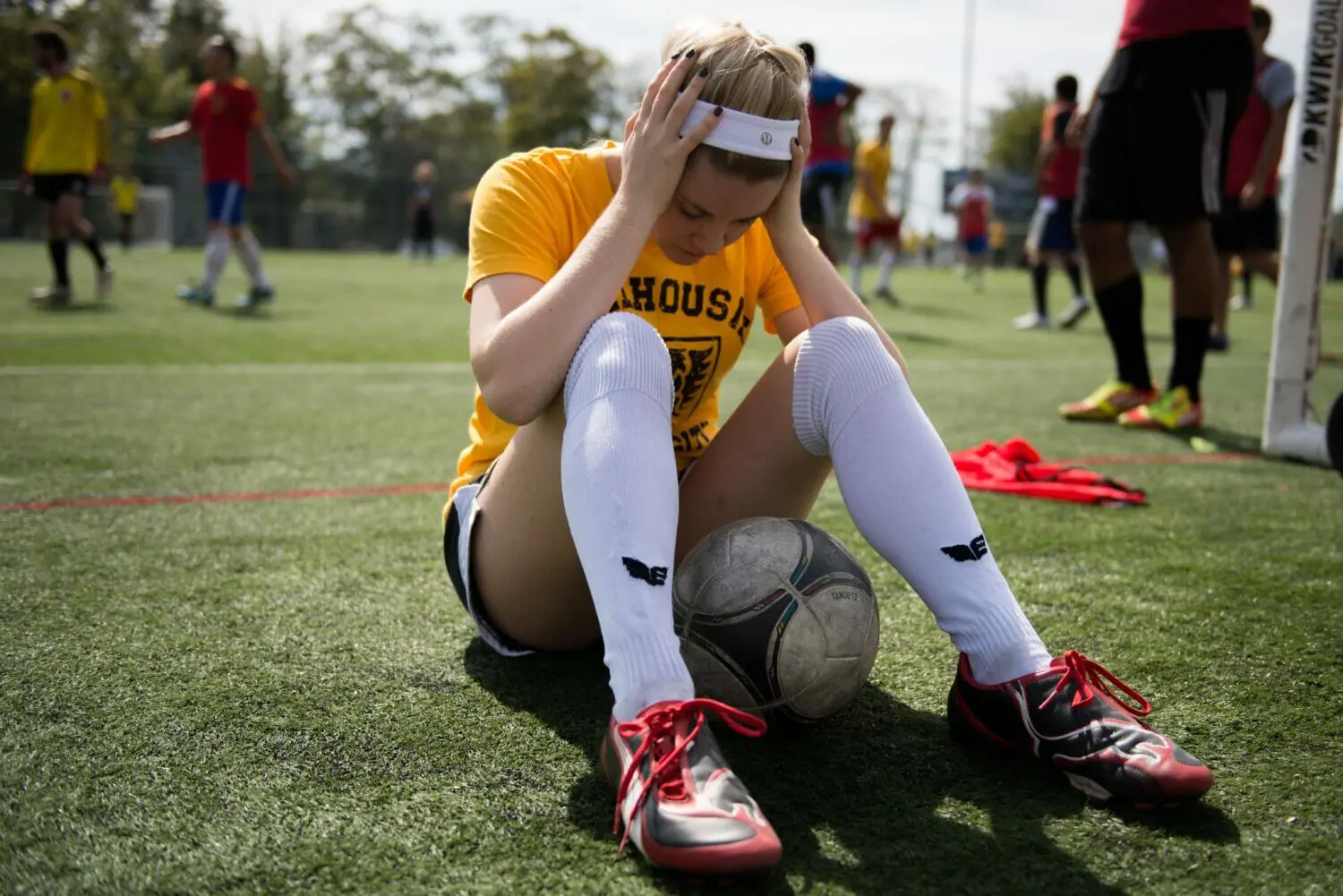“No pain, no gain,” is a common phrase in the athletic world that can be heard anywhere from your local gym to the highest levels of competition. In some cases, though, it couldn’t be further from the truth.
The competitive nature of sports often drives most successful athletes to fight and work harder. Unfortunately this often leads to small injuries, or in more serious cases, career-ending ones.
There are countless different types of injuries. Injuries that occur during sports are usually game-specific, meaning that each sport places the athlete at greater risks for specific injuries. Emma Roung, a member of Dalhousie’s women’s track and field varsity team, has had recurring bilateral stress fractures in the navicular bone—four fractures every year and a half to be exact.
Roung specializes in short distance sprints and has competed on Team Ontario at nationals and on the Dalhousie varsity team for two years.
“One time I was in a lot of pain, I could barely walk and I ran a 200 metre race and won it to join Team Ontario. I collapsed after the race,” she says. “I don’t regret it because I had the best time in nationals, but it’s something I should have thought of the long consequences of.”
Does she want to keep running? Roung, with a big cast on her foot and a bigger smile on her face, says, “Definitely, that’s the goal.”
To high-performance athletes, injuries are not at the forefront of their mind. This is because most athletes are preoccupied with training hard, competing and thinking of new ways to gain an edge in their sport. For many of them, the idea of an injury often seems farfetched and they completely disregard the signs until it actually happens.
In terms of pain, there is a very large difference between sore and sharp pain. A sore pain is often associated with muscular fatigue and is a good indicator of hard training. Soreness will be also felt gradually, and if worked through, often leaves a burning sensation in the muscles due to lactic acid buildup.
Conversely, a sharp pain is associated with extreme pain either at the very beginning of the exercise because of improper form or an abnormal body movement, or at the middle or end of an exercise. Sharp pain should never be worked through or ignored.
Training through sore pain should be done with caution and with proper form. However, training through sharp pain is never recommended and should be investigated immediately.
Water sports athletes have a different injury risk profile and are faced with different challenges. Sports such as swimming, water polo and synchronized swimming are low impact sports due to the water acting as a buffer. The challenges in water sports is that injuries will often occur over time as opposed to on-the-spot injuries such as stress fractures.
Alexander Martineau, a member of the Dalhousie water polo club, has played in Division 1 in Quebec for seven years and has competed in several national tournaments. He’s had inflammation in his shoulder muscle for several years.
“I was at nationals at 2007 during the bronze medal game, took a shot and couldn’t move the shoulder, it had already been hurting and I had to sit out but I still played at the end” says Martineau.
“If you don’t leave a game tired, sore, mentally exhausted, then you haven’t done your job right,” says Martineau of “no pain, no gain.” He adds that “you can give 100 per cent and not injure yourself, if you practice proper form and correct technique.”
The stories and attitudes of both Roung and Martineau fit their sports perfectly. Roung plays a sport where on-the-spot injuries occur often and believes “no pain, no gain” is not appropriate for her sport saying that “pain can deteriorate your gains.” Martineau, on the other hand, plays a sport where injuries occur over time due to wear and tear and believes that giving 100 per cent is important and that injury is a result of bad form.
If you are engaged in any form of sport, warming up, stretching, practicing proper technique, hydrating well, eating healthy, giving your body time to recover and sleeping well all can help to prevent injuries. Both Roung and Martineau echo these sentiments.
“A lot of people need to realize that recovery, rest and healthy eating is [sic] very important and that you also need to remember that you are a student and not just an athlete,” says Roung.
“Being an athlete is about knowing your body. You should know if this pain is something you should keep working through or not,” adds Martineau.
Mohamed Rezk is a certified personal trainer and has competed in water polo at the national level.


Recent Comments